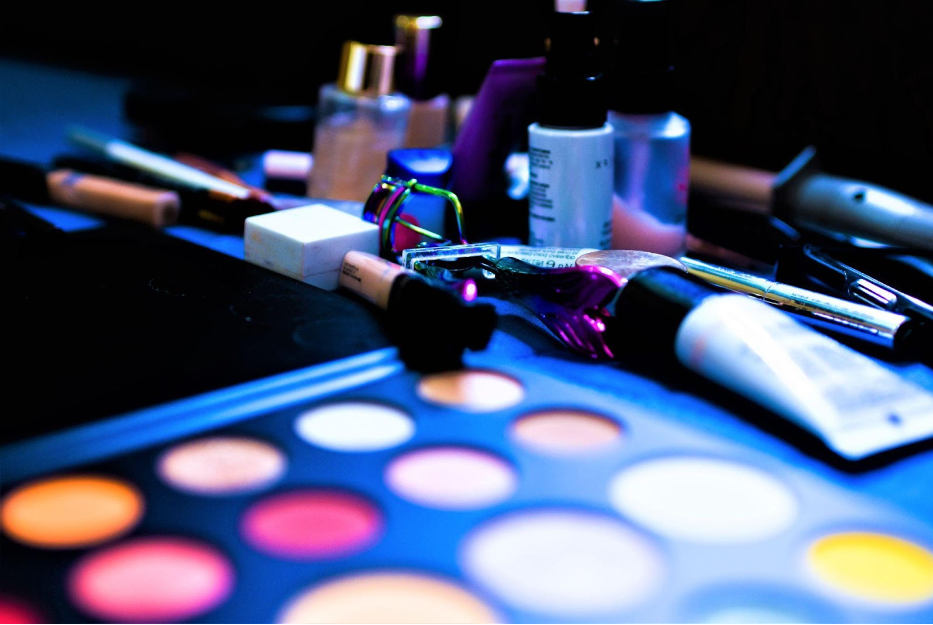Makeup can work wonders for facial appearances. Whether you want to look fabulous or create a specific look for theatrical performances, there’s something to suit your needs. Jamie Picon, a theatrical makeup enthusiast, says wearing makeup to match your aims is important.
You can wear regular makeup, including foundation, mascara, and lipstick, to any occasion. There’s no denying that this stuff helps you look your best. As for stage makeup, things get a little more intense. You apply it differently so that it’s visible from a distance. For that reason, you make it appear more dramatic than everyday makeup.
Think bold colors, exaggerated features, and lots of contouring. Plus, it needs to hold up under hot lights and sweat. The heavier, the better. But here’s the thing – just because it’s more intense doesn’t mean it’s better than regular makeup.
With everyday makeup, you can take advantage of something more versatile and practical for everyday wear. It might not be as flashy, but it’s much easier to apply. That way, you don’t need a team of professional makeup artists to get it right.
So, Picon says that unless you want to jump on the stage, you can stick to your trusty mascara tube. It’d be best to leave the heavy-duty stuff to the pros.
Radiate
If you wear regular cosmetics for theatricals, the audience won’t see the makeup. It’ll simply vanish under the lights, turning you into a faceless stage character. That’s the last thing you and the choreographers want. You may look fresh, light, and youthful, but that won’t highlight your emotive expressions.
The aim is to become as expressive as possible, making the performances more captivating. With regular makeup, the audience finds it hard to connect with the act. Because of this, Jamie Picon recommends making the foundation darker than your skin. That way, the crowd won’t have problems seeing from different positions in the auditorium.
Washing out is a common problem when the foundation is lighter than your skin. It’s also vital to darken and define your eyebrows for a dazzling, dramatic effect. Another key step is applying heavy false eyelashes so you give character to expressions. On top of that, the bold and bright lipstick colors will surely grab the audience’s attention. And no stage makeup is complete without piling on blush.
With regular makeup, you go for the less is more approach. That gives you a lighter, more attractive look. You can feel comfortable running errands or attending special events. Whether you’re off to the office or fun get-togethers with friends, you won’t go wrong with a light touch of mascara, brow gel, concealer, and lip gloss. And you don’t have to think about heavy pigment.
On the other hand, dancers and actors need to create a solid base to maximize coverage. Thicker applications can survive the rigors of the stage, including costume changes. Performers don’t have to worry about how it appears close-up.
About
Based in Hudson, New Hampshire, Jamie Picon is an experienced executive chef. He’s a big fan of body art, improv theatre, and stage makeup. Theater classes at Middlesex Community College helped trigger an interest in theatrical makeup.

